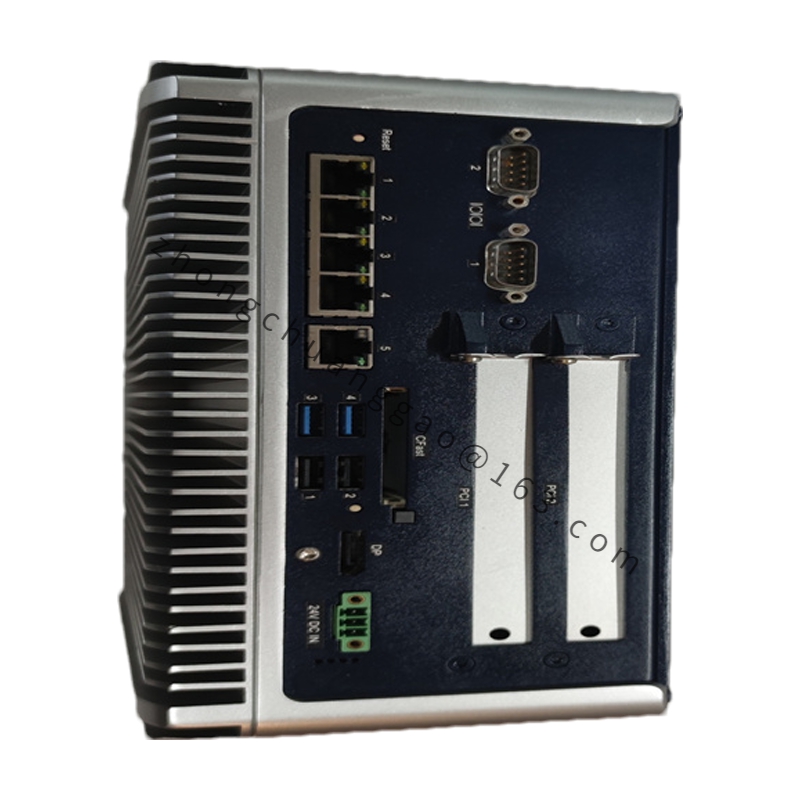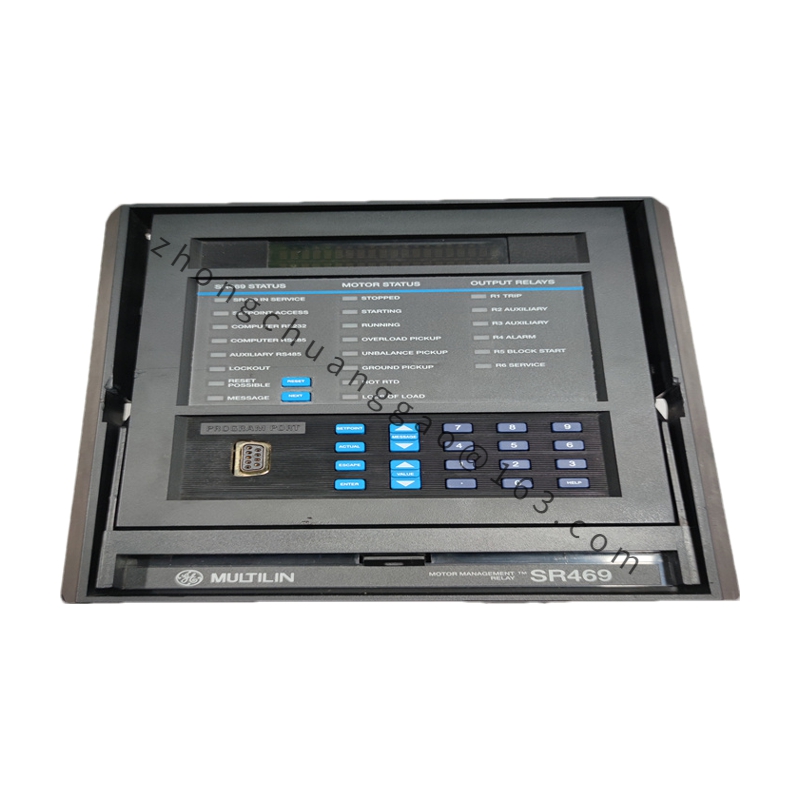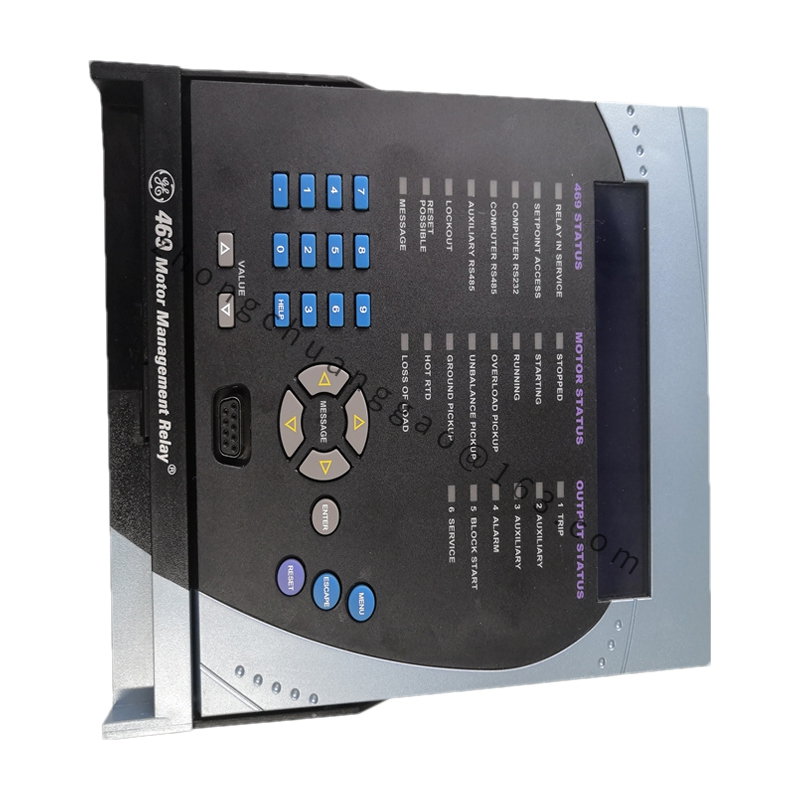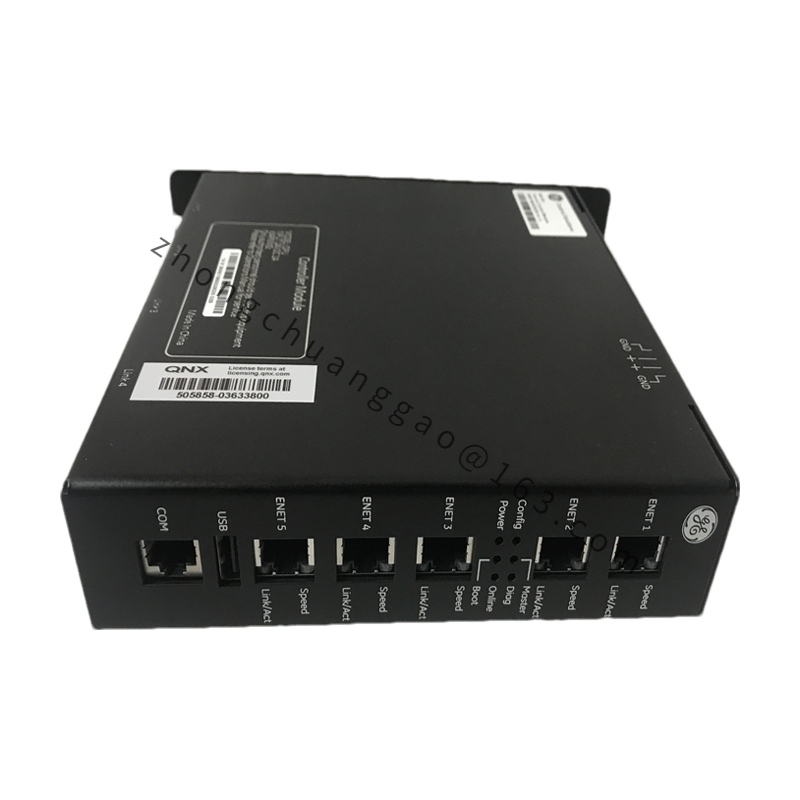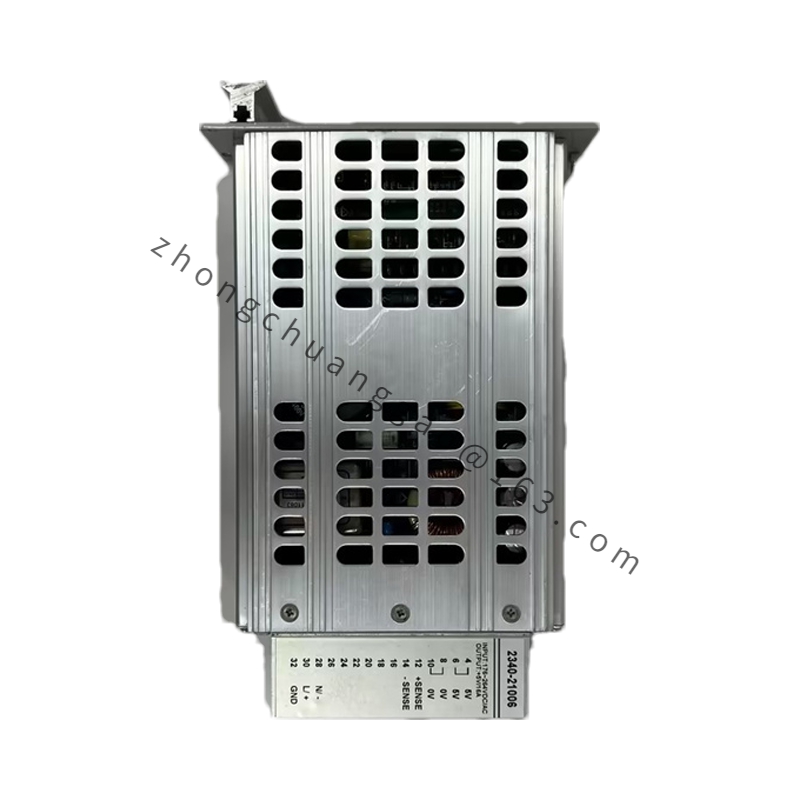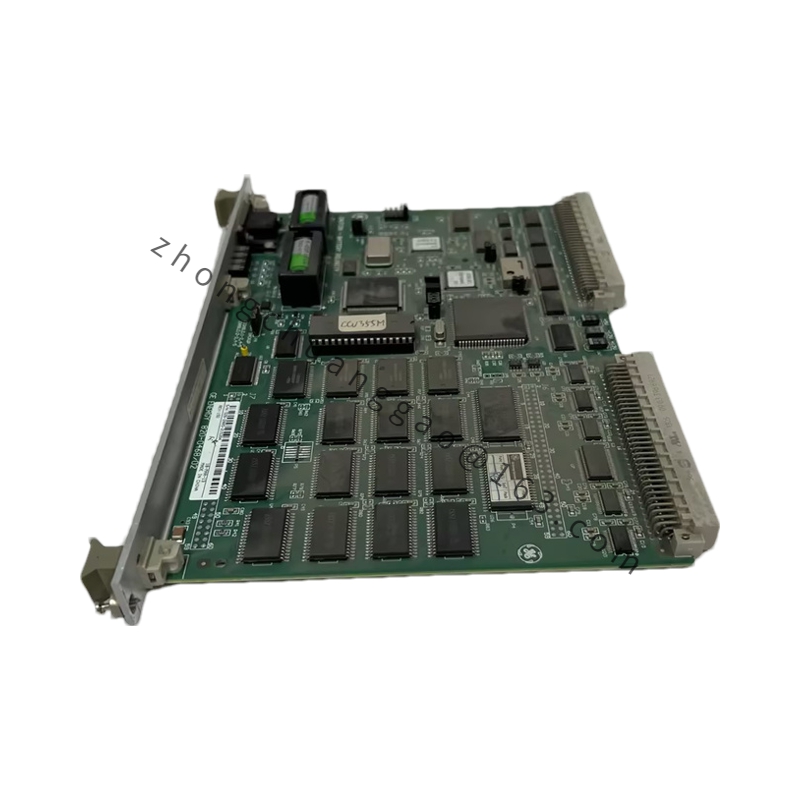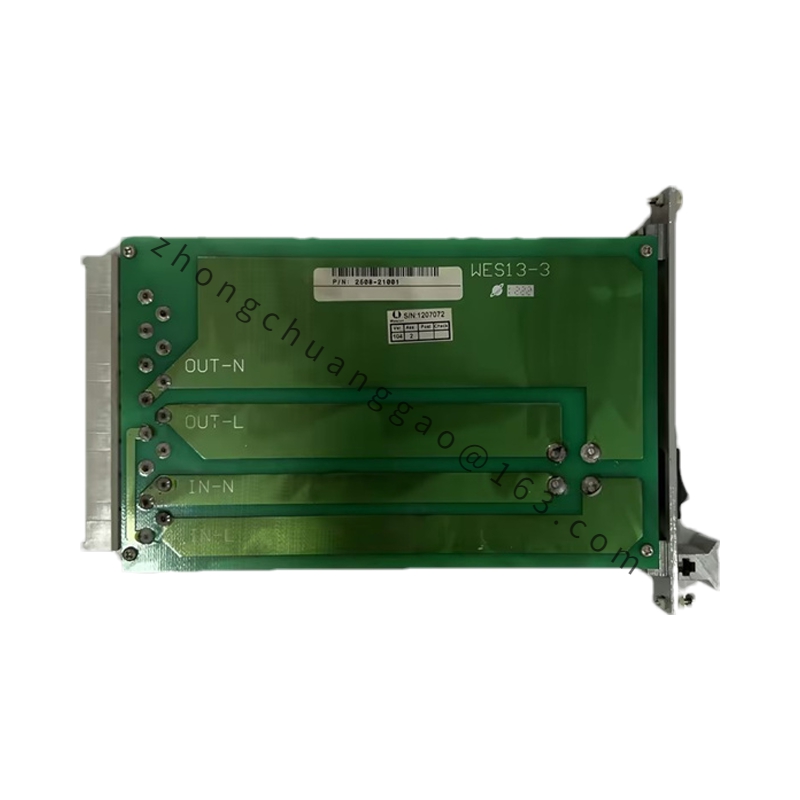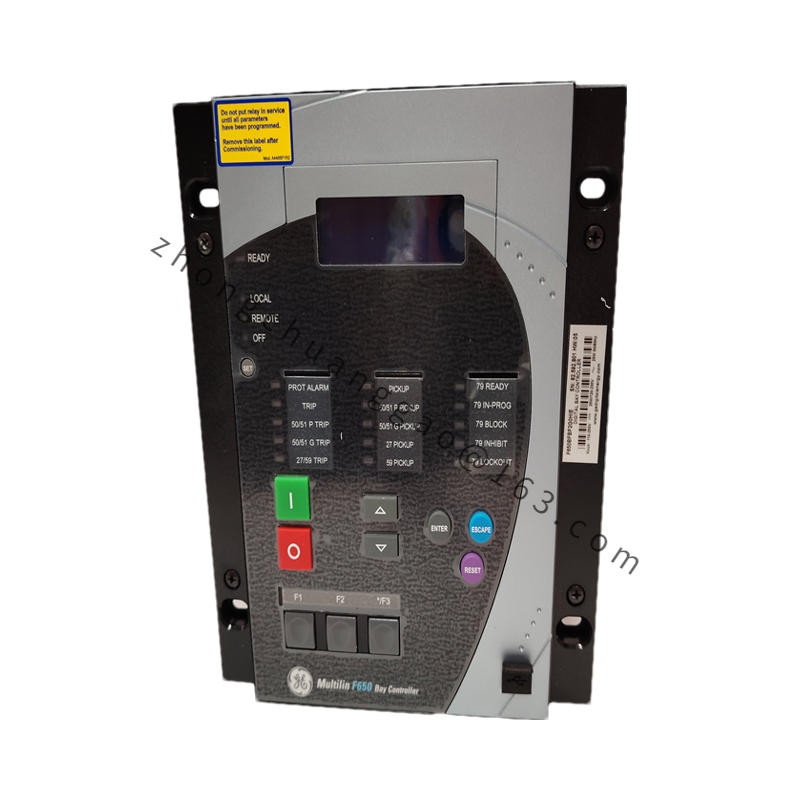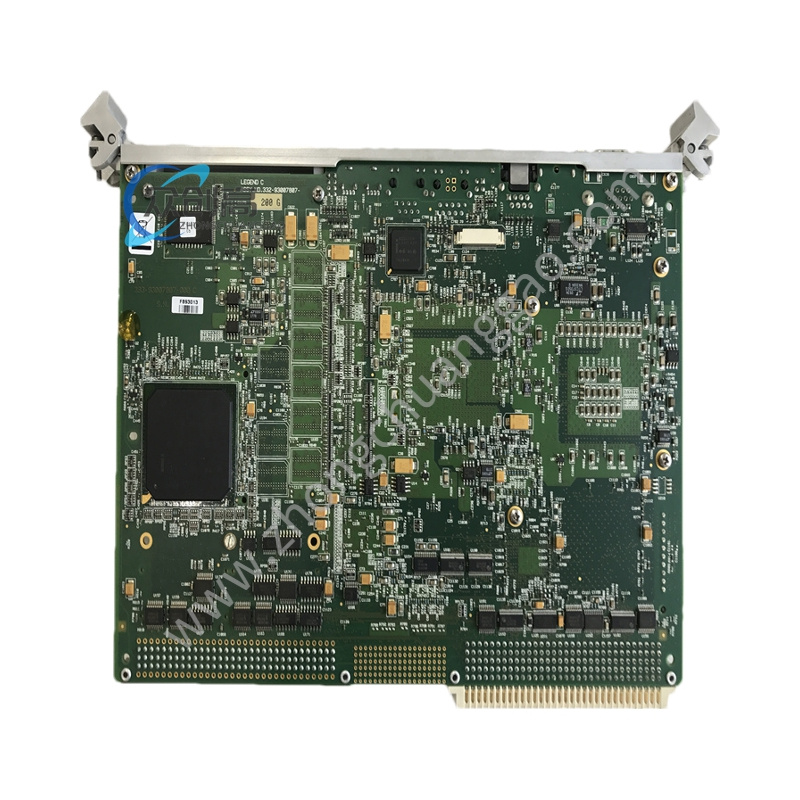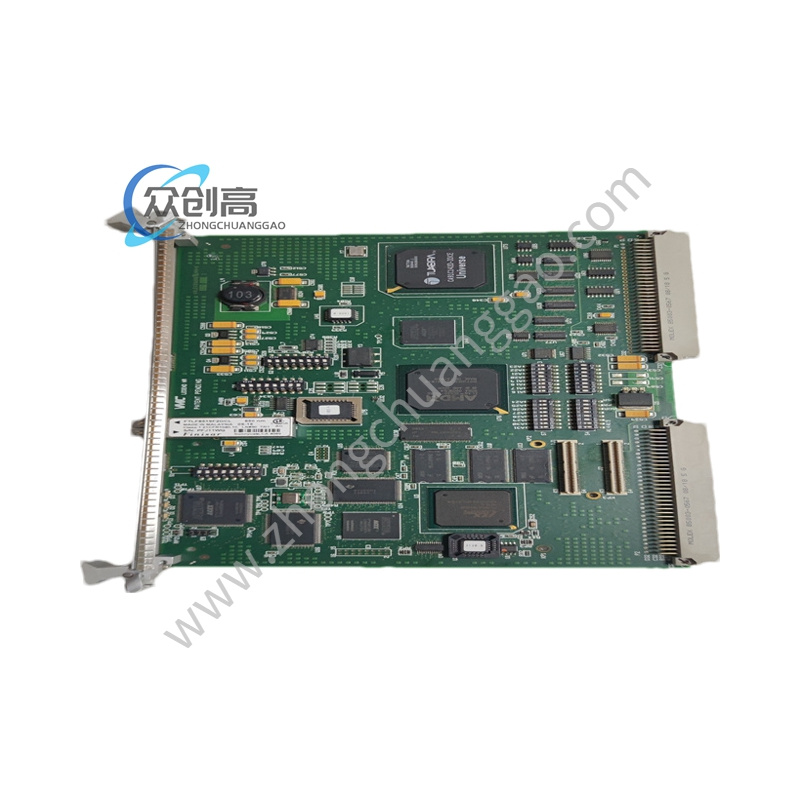GE IC697BEM731
Technical Specifications
Model: IC697BEM731
Series: Part of the GE Fanuc 90-70 Series Programmable Logic Controllers (PLC)
Type: Genius Bus Controller Module
Connectivity:
Up to 30 devices can be connected
Uses a token-passing scheme for data transmission among configured devices on the same bus
Detailed content
Ports:
1 Channel for interfacing with devices on the same bus
1 Handheld Monitor (HHM) port for configuration using MS DOS or Windows programming software
Default Configuration:
Default baud rate: 153.6 Kbaud (standard)
Default bus address: 31
Configurable baud rates: 153.6 Kbaud (standard/extended), 76.8 Kbaud, 38.4 Kbaud
Communication Distance:
Up to 2000 feet (610 meters) at 153.6 Kbaud (standard)
Up to 3500 feet (1067 meters) at 153.6 Kbaud (extended)
Up to 4500 feet (1372 meters) at 76.8 Kbaud
Up to 7500 feet (2286 meters) at 38.4 Kbaud
Functional Characteristics
Bus Controller: Acts as the central hub for communication and data transmission among devices connected to the Genius bus.
Token Passing: Implements a token-passing protocol to ensure efficient and reliable data transmission among devices.
Configurable Addresses and Baud Rates: Allows for flexible configuration of bus addresses and baud rates to suit specific application requirements.
Handheld Monitor Support: Enables easy configuration and monitoring of the module using a handheld device.
Self-Diagnostics: Performs self-diagnostics upon installation, helping to identify and resolve potential issues.
Application Scenarios
Industrial Automation: The IC697BEM731 is widely used in industrial automation systems, where it provides reliable communication and data transmission among various devices and systems.
Machine Control: Suitable for controlling and coordinating the operation of machines and equipment in manufacturing and processing industries.
Process Control: Can be used in process control systems, where precise timing and communication among devices are crucial for efficient and safe operation.
Infrastructure: Also applicable in infrastructure projects, such as power generation, water treatment, and transportation systems, where reliable communication networks are essential.


